In a nutshell...
An overly cool month of May which was full of precipitation has endured until today, 17.05. Now we can expect improved weather with steadily rising temperatures, although variable conditions will continue. We expect numerous avalanches during the next few days. Caution is urged also on very steep to extremely steep high-altitude north-facing slopes known to be starting zones. There, avalanches can plummet down to the green areas. For a brief spell we’ll also be confronted by numerous loose-snow avalanches in extremely steep terrain.
_bearbeitet.jpg) |
| Fresh avalanche deposit in Ködnitztal, near a road. (photo: 17.05.2023) |
Still lots of snow at high altitudes
Due to more than ample precipitation in April and May there is still lots of snow at high altitudes, whereas at low and intermediate altitudes, barring brief interruptions during cold snaps, the slopes are becoming bare.
 |
| Analysis of overall snow distribution in Tirol on 17.05.2023 |
Despite numerous releases, still lots of avalanche potential
Since the end of April we have experienced a period rich in avalanches. Apart from slab releases we have observed many loose-snow avalanches and isolated glide-snow avalanches. Slab avalanches triggered both because of additional loading atop the large amounts of fresh fallen snow and also due to the snowpack becoming wetter and wetter, weakening the ground-level layers. During the short interims with better weather following snowfall, furthermore, numerous loose-snow avalanches triggered in extremely steep terrain. Glide-snow avalanches also slid over the smooth ground in zones where there was fresh snowfall.
The biggest danger, comparatively speaking, continues to be slab avalanches from high-altitude starting zones. This applies especially to very steep to extremely steep north-facing slopes above about 2600m. In high alpine regions (above 3000m) this will also strike sunny slopes to an increasing extent. Below such starting zones, particularly near long gullies, bowls or small valleys, avalanches can plummet all the way to the valley floor, where the ground is now bare of snow. Therefore, exercise high caution.
.jpg) |
| Repeatedly observed: through the impulse of a loose-snow avalanche, a slab avalanche gets triggered. Region Kühtai (photo: 13.05.2023) |
.jpg) |
| Immediately with the first sunshine, high avalanche activity. Also in this photo, both loose-snow and slab avalanches can be observed. Eastern Deferegger Alps (photo: 12.05.2023) |
_bearbeitet.jpg) |
| Cracks are visible in the glass roof in foreground, also an area where snow glided away. (photo: 11.05.2023) |
_bearbeitet.jpg) |
| This is what it looked like 10 minutes later... |
Snowfall down to intermediate altitudes
Starting on 11 May there was repeated snowfall down to intermediate altitudes, creating problems on pass roads with suddenly wintery conditions, e.g. Arlberg Pass.
.jpg) |
| Downright wintery in the Serleskamm region at about 1600m (photo: 11.05.2023) |
 |
| The month in review: frequent precipitation raised snow depths at high altitudes. Temperatures too low for this juncture of the season. |
 |
| A similar picture in rear Zillertal: lots of precipitation, few sunny days, cold. |
The snowpack
There is not much information currently available about the snowpack in open terrain. What we do know: recent snowfall was often riddled with graupel. For a brief time this could generate a weak layer near freshly generated snowdrift accumulations at high altitudes; or else near-surface metamorphosis due to quickly changing temperatures (danger pattern Cold on Warm - dp.4). This will be only a temporary problem.
What is most significant is the anticipated, swift moistening of the surface layer, or the snowpack becoming thoroughly wet. From that alone, high avalanche activity will quickly result. The impulse of these loose-snow avalanches could lead to slab avalanches triggering, just as in recent weeks.
Due to steadily rising temperatures during the next few days we expect increasing water seepage into the deeper layers of the snowpack at high altitudes. That will resut in ground-level layers weakening (if that was not already the case). This will lead to naturally triggered slab avalanches, particularly above 2600m.
 |
| Rising temperatures during the next few days, thereby making the snowpack wetter. |
The outlook, in short
The potential danger of slab avalanches is heading to higher altitudes. Plan your backcountry tour so that it can quickly adapt to small weather changes, which in springtime have large consequences. That can go both ways: a change for the better and a change for the worse.
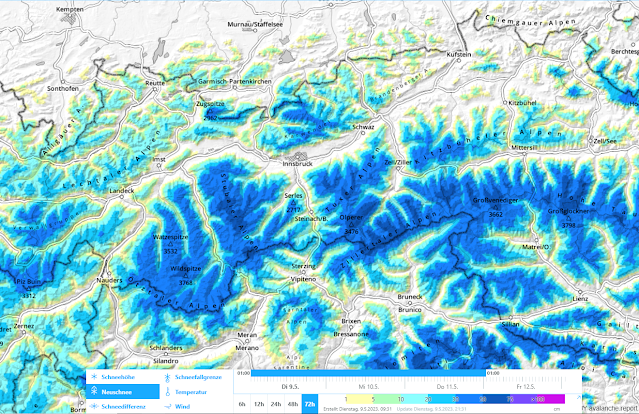


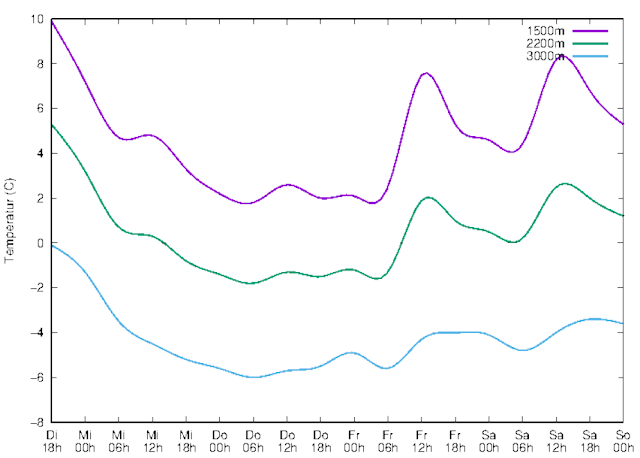
_bearb%20(2).png)
_bearb%20(2).png)
.jpg)
.jpg)

_bearb.jpg)
%20Lawine_bearb.png)


.jpg)
.jpg)
_bearbeitet2.jpg)


_bearbeitet.jpg)
_bearbeitet.jpg)
.jpg)
_bearbeitet.jpg)
.jpg)
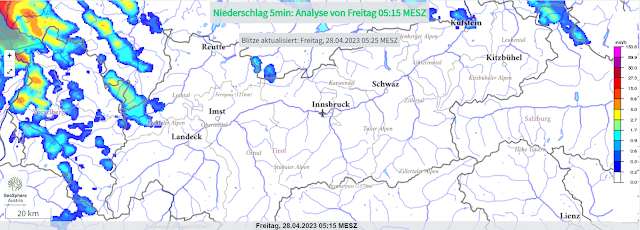

.jpg)


.jpg)
.jpg)
.jpg)
.jpg)

.jpg)
.jpg)


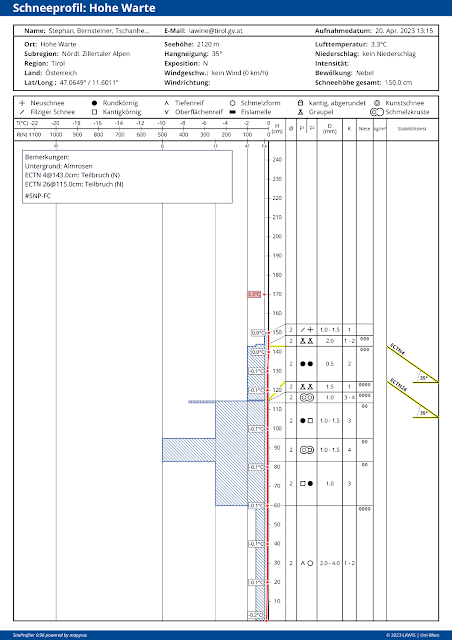


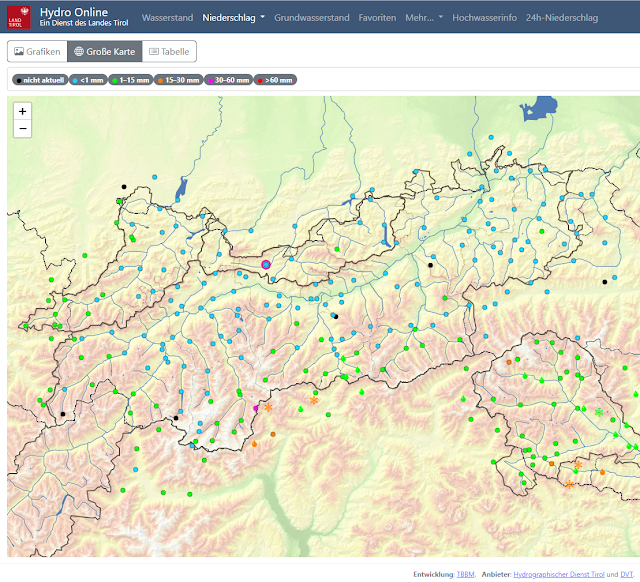
.jpg)
.jpg)
.jpg)
.jpg)